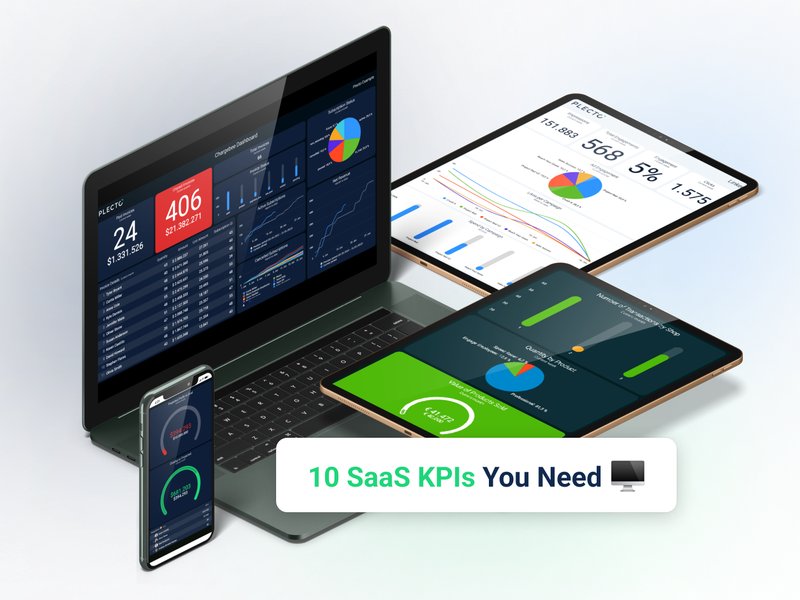Amid rising costs and increased competition, many companies are making customer retention a key component of their long-term strategies. And it’s a smart move. Data underscores that retaining existing customers is more profitable than acquiring new ones for several reasons.
Salesforce research, highlights the important role of customer service in long-term growth as 88 percent of customers say that excellent service makes them more likely to make repeat purchases – and 75 percent say they’ve recommended a company based on outstanding service. Retention can also reduce costs while boosting profits. Companies can spend five to six times more to acquire a new customer than to retain an existing one – while reducing churn by just five percent can boost profits by up to 95 percent because repeat customers spend more than new customers
The value of satisfied customers is irrefutable. As a result, data-driven companies are continuously trying to measure and improve customer satisfaction in an attempt to shore up long-term relationships. To do this, they rely on three key metrics: customer satisfaction score (CSAT), net promoter score (NPS), and customer effort score (CES). Each of these metrics provides unique insights into specific aspects of the customer experience.
Read on to discover the ins and outs of these three crucial metrics, including how to measure them – and how to choose the one that’s most appropriate to your goals.
Customer Satisfaction Score (CSAT)
CSAT is a one-off measure of a customer’s satisfaction with a company’s products, services, or experiences. It’s measured based on one question, for example: On a scale of 1–5 how satisfied are you with [your recent purchase, the service you received, etc.]?
This is the formula to calculate CSAT:
Number of Positive Ratings (i.e., 4 or 5) / Total Number of Responses x 100
CSAT is particularly well-suited to gauging customer perceptions of specific offerings, so you can measure their opinions on anything you’d like to keep an eye on. CSAT benchmarks vary by industry and what you’re aiming to measure, but here are some CSAT benchmarks to give you a frame of reference.
Net Promoter Score (NPS)
NPS measures customer loyalty and advocacy based on how likely the customer is to recommend a company or product to others. Like CSAT, NPS is measured based on one question: On a scale of 1–10, how likely are you to recommend our company (or product) to a friend?
This is the formula to calculate NPS:
Total Percentage of Promoters – Total Percentage of Detractors
Based on NPS, customers fall into one of three groups:
- Detractors: 0–6
- Passives: 7–8
- Promoters: 9–10
NPS benchmarks vary by industry, but here are some general guidelines:
- Above 0: Good
- Above 20: Favorable
- Above 50: Excellent
- Above 80: World-Class

Customer Effort Score (CES)
Unlike CSAT and NPS, which measure customer satisfaction and loyalty, CES measures the effort customers must exert in order to resolve issues or accomplish specific tasks. Like the other two metrics, CES is based on a one-question survey. The CES survey asks something along the lines of: On a scale of 1–5, how easy was it to get your issue resolved?
This is the formula to calculate CES:
Total Sum of Ratings / Total Number of Responses
CES is generally measured on a five- to seven-point Likert Scale, where low numbers correspond with “low effort/very easy” and higher numbers correspond with “more effort/very difficult.” With 50% of customers saying they’d take their business elsewhere after one bad customer service experience, CES can prove crucial to customer retention.
Choosing the Right Metrics
You can choose to measure just one of these metrics, or combine them for a more holistic view of the customer experience. Let’s dive into which metric fits where.
Customer Satisfaction Score (CSAT)
Simplicity and immediacy are two of the biggest advantages of measuring CSAT because it provides clear real-time insights that can be acted upon pretty quickly. For the most accurate snapshot of the customer’s perception, it’s best to measure CSAT as close to the interaction as possible. However, it’s important to also understand the limitations of this metric – mainly that it’s highly subjective and “in the moment,” therefore it’s not a reliable indicator of customer loyalty. Another downfall is that doesn’t provide insight into the reasons for the customer’s rating, which can result in guesswork or the need for supplementary analytics.
Net Promoter Score (NPS)
NPS is a good bet for predicting your company’s potential for long-term growth and shaping its customer retention strategy. By identifying your promoters and detractors, you can target them more effectively to further shore up their support or deploy damage control measures to minimize bad word of mouth. Like CSAT, NPS can also be prone to oversimplification and require supplementary metrics to uncover the full picture. However, NPS surveys tend to be very accurate due to the broadness of the question. They also have a higher response rate than the other two metrics – average survey response rates are around 3 percent, while NPS response rates are usually in the 10–30 percent range.
Customer Effort Score (CES)
CES is an excellent metric for identifying points in the customer journey that aren’t quite smooth sailing. Streamlining processes to make them easier for customers to navigate will no doubt increase customer satisfaction, plus the resulting efficiency improvements could also lower overhead-related costs, particularly support costs. Again, this is a high-level metric, which unless it’s combined with open-ended questions, doesn’t get to the “why” of the rating. Still, a “low effort” CES is a strong predictor of future purchasing behavior because customers tend to repurchase from companies that are easy to deal with.

How to Combine Multiple Metrics
There’s a potential advantage in combining a couple or all three of these metrics. For example, a company might measure CSAT to monitor post-purchase satisfaction levels, NPS to gauge loyalty and referral potential, and CES to assess the customer journey. Together, these insights can help companies prioritize the most important initiatives, drive continuous improvement, and monitor the results of their efforts.
When deciding to measure multiple metrics, companies must be careful not to overwhelm their customers with surveys. A touchpoint audit is a good starting point. Once you’ve mapped a typical customer journey, it should be easy to identify points where it would make sense to capture key insights without attempting to do so too frequently. Keep in mind that you can measure each metric at multiple touchpoints.
Here are some other tips:
- Know your objectives: Why are you measuring CSAT vs. NPS vs. CES? What do you hope to get out of it and what will you do with that information?
- Customize your questions: You’re asking one question, so make sure it’s the right one – make it situation-specific and take care that it’s the question you really want answered.
- Ask a follow-up question: Some companies also include an open-ended survey question where the customer can elaborate on their rating.
- Lean into segmentation: Segmenting the data can provide further insights into trends and preferences, and can help identify the attributes of your best-fit customers.
Whichever combination of metrics you choose, using the insights you collect can drive incremental changes that will help you exceed your customers’ expectations, gain their loyalty, and thrive for years to come!
Plecto can help you get the most out of these metrics!
These three metrics can help you take a more data-informed approach to customer satisfaction, and Plecto makes it easy to keep tabs on your ratings. With little effort, you can schedule and generate automatic reports – or visualize your data in real-time on a customer service KPI dashboard. With these tools, you’ll always know how you’re doing – so you can act decisively, effectively, and with informed insight.



